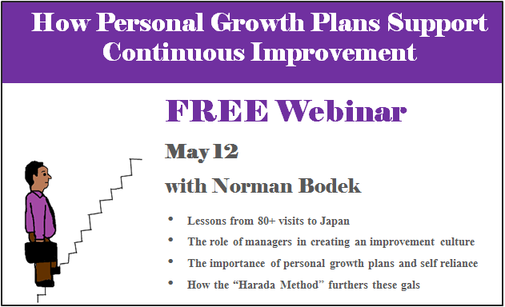 It is not unusual for an industry or profession to develop a language all its own. Doctors and lawyers, for example, toss around terms and phrases that make no sense to the rest of us. Computer programmers and electricians alike can be impossible to understand for the uninitiated. In a very similar way, the practice of continuous quality improvement has jargon unique to it. Some of the terms are specific to business improvement disciplines like Six Sigma or Lean, and others are more general. We thought a quick rundown of some of the most important and commonly used terms would be useful. If you are just beginning your continuous quality improvement journey, this is a good place to start.
It is not unusual for an industry or profession to develop a language all its own. Doctors and lawyers, for example, toss around terms and phrases that make no sense to the rest of us. Computer programmers and electricians alike can be impossible to understand for the uninitiated. In a very similar way, the practice of continuous quality improvement has jargon unique to it. Some of the terms are specific to business improvement disciplines like Six Sigma or Lean, and others are more general. We thought a quick rundown of some of the most important and commonly used terms would be useful. If you are just beginning your continuous quality improvement journey, this is a good place to start.
Before we begin, you may notice that many of the terms are Japanese. This is because some of the most popular continuous quality improvement approaches in use in the United States today began in Japan. The Toyota Production System was particularly influential in the early 1980’s as American business leaders aimed to deploy some of the same tools that helped Japan’s auto industry turn around after World War II.
Kaizen
In Japanese, kaizen means simply, “good change.” Volumes have been written about the meaning of kaizen, but in short, kaizen embodies the idea that everything can be improved and that improvement should be constant and the responsibility of every person in an organization. If the concept is unfamiliar to you, you will certainly want to learn more.
5S
5S is the name of a workplace organization method that uses a list of five Japanese words: seiri (sort), seiton (systematic arrangement), seiso (shine), seiketsu (standardize), and shitsuke (sustain). An orderly work place with visual process queues helps to reduce waste and improve quality.
DMAIC
DMAIC is a project methodology with five phases; define, measure, analyze, improve, control. These steps are used to help ensure that improvements are data driven, measurable, and repeatable.
Gemba Walks
Gemba walks come from a Japanese phrase that means the "real place.” Gemba walks are a practice in which managers physically visit the places where work is done and customer value is added. They create an opportunity to identify potential improvements in processes, work flow and the work environment.
Hoshin Kanri
Hoshin kanri, also known as hoshin planning or simply, hoshin, is a step-by-step planning, implementation, and review process for managed change. Hoshin Kanri, can be interpreted as “direction management.” The planning process is designed to ensure that the entire origination is focused on a few key goals, that the goals are clearly communicated and that everyone is accountable for the success of the plan.
PDSA
PDSA or Plan, Do, Study, Adjust, is a series of steps for the continual improvement of a product or process. The output of a successful PDSA cycle is a new standard that institutionalizes the improvement. Once one improvement is complete, the cycle begins again and further improvement is achieved.
Standard Work
In continuous quality improvement, standard work is a simple, written description of the most efficient and effective way known to complete a particular process or task with the highest quality outcome. In order to ensure uniform quality, employees are expected to perform each task as defined by the standard work unless intentional, documented changes are applied.
While we hope this quick introduction to these terms is helpful, each is worth a deeper look. There are many additional terms that are used along with continuous quality improvement. If you have one that you’d like us to discuss, please let us know in the comments.



Add a Comment